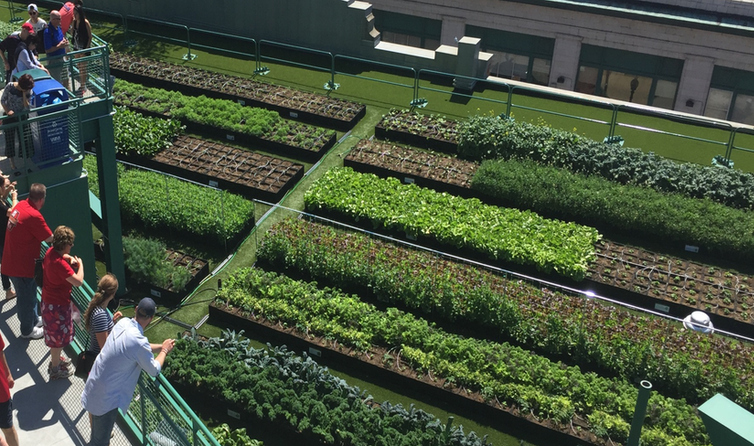The many benefits then Green Roofing Australia provides a base on top of a structure in which various plant life may grow. The covering is built up in layers, each layer fulfilling a different function. The base layer sits on top of the substrate and provides a waterproof seal to the building. This may come in the form of metal tray roofing or a synthetic membrane.
A drainage layer is added to allow water to evacuate the roof, followed by a filter and root protection layer. The root protection membrane prevents plant growth from puncturing the waterproof membrane and causing leaks. The final layer is the growing medium in which the plant growth is bedded. Green or “living roofs” can be divided into three main categories. Extensive, Intensive and Biodiverse.
The benefits for the building
Green roofing can turn an unattractive urban roof into an aesthetically pleasing feature. As well as the aesthetic value-added, living roofs provide numerous financial benefits. The waterproof membrane on roofs is subjected constantly to UltraViolet light. These UV rays break down the surface of the roofing causing leaks and the need for early replacement.
The growing medium of Green Walls provides a protective layer preventing damage from the sun. This can double the lifespan of the roofing and recoup the initial extra cost of installation. Further, green roofing provides a thermal layer keeping the building cooler in summer and warmer in winter. Planners within the local government have now realized the benefits of ecological roofing.
The benefits for the environment
Urban roofs built with traditional roofing materials absorb the sun’s rays and emit them as heat. This has led to the urban heat island effect. This effect is most noticeable at night with urban areas being warmer than surrounding areas. Green roofing does not absorb the heat radiation so the effect is mitigated. Thus, the need for air conditioning may be reduced in hotter climates.
Mass urbanisation leads to high water runoff and flooding. Huge areas of concrete and tarmac prevent the natural drainage of heavy rainfall. Green roofing absorbs between 50-75% of rainfall, gradually releasing it back into the environment.
Features of these roofs
Modern roofing materials provide a lighter, easier to maintain option for Green Roofing Australia. Lightweight mats and module trays allow localized maintenance without the need to take the whole roof apart. Considering the huge financial and environmental benefits of living roofs, the future for green roofing looks rosy.

